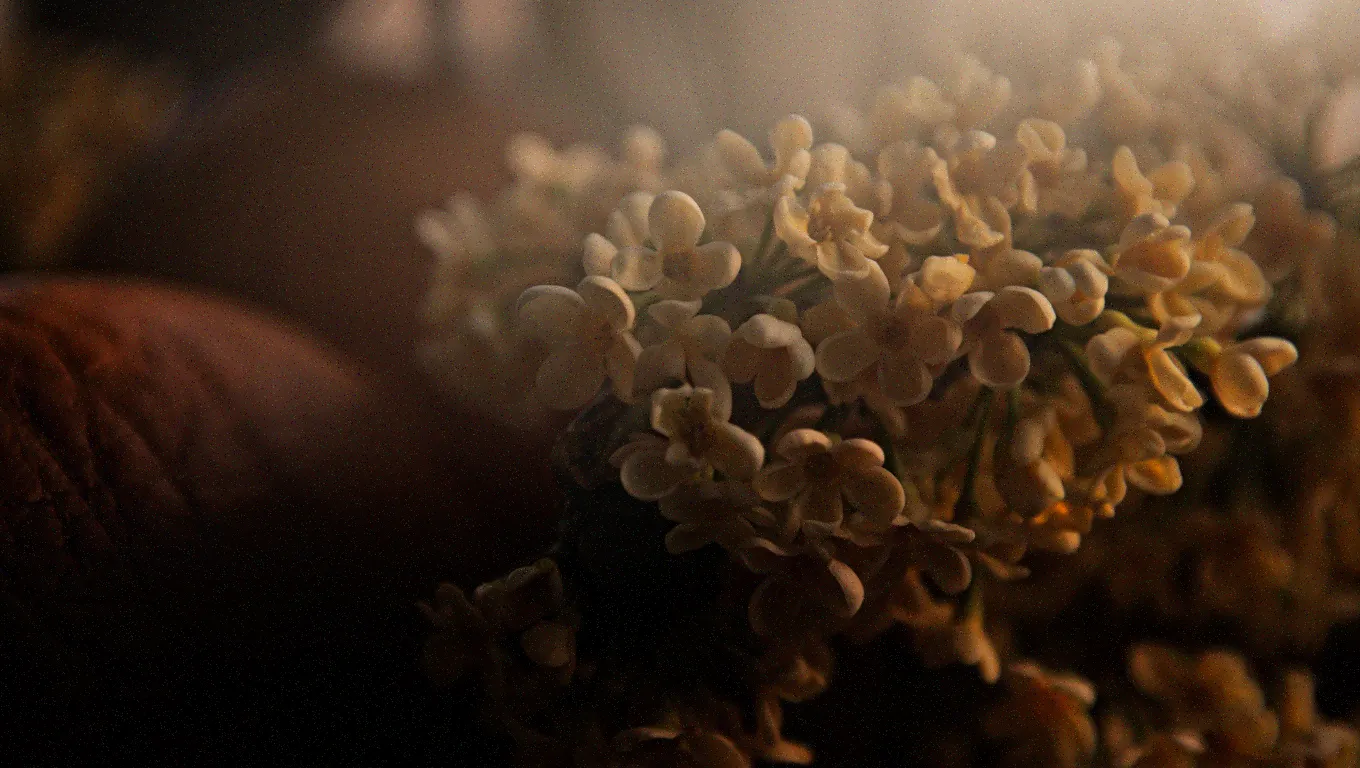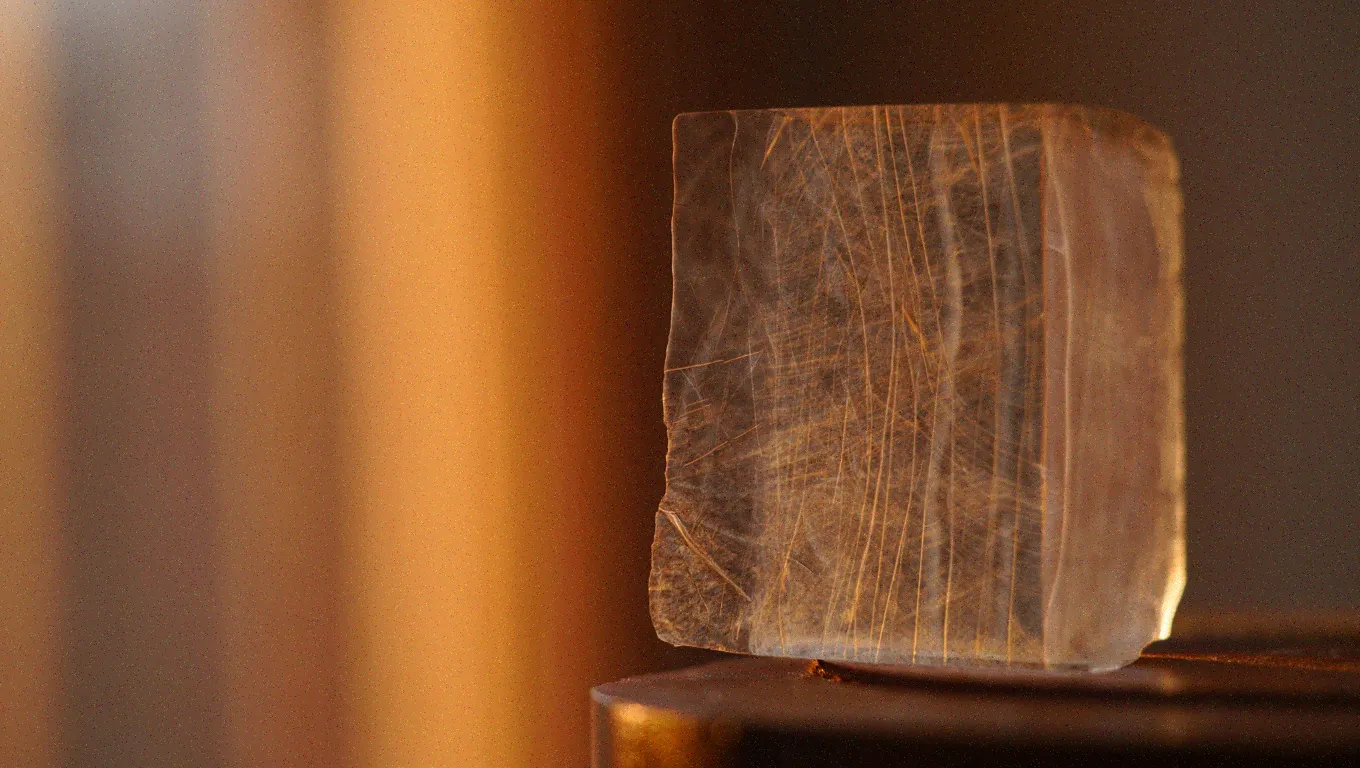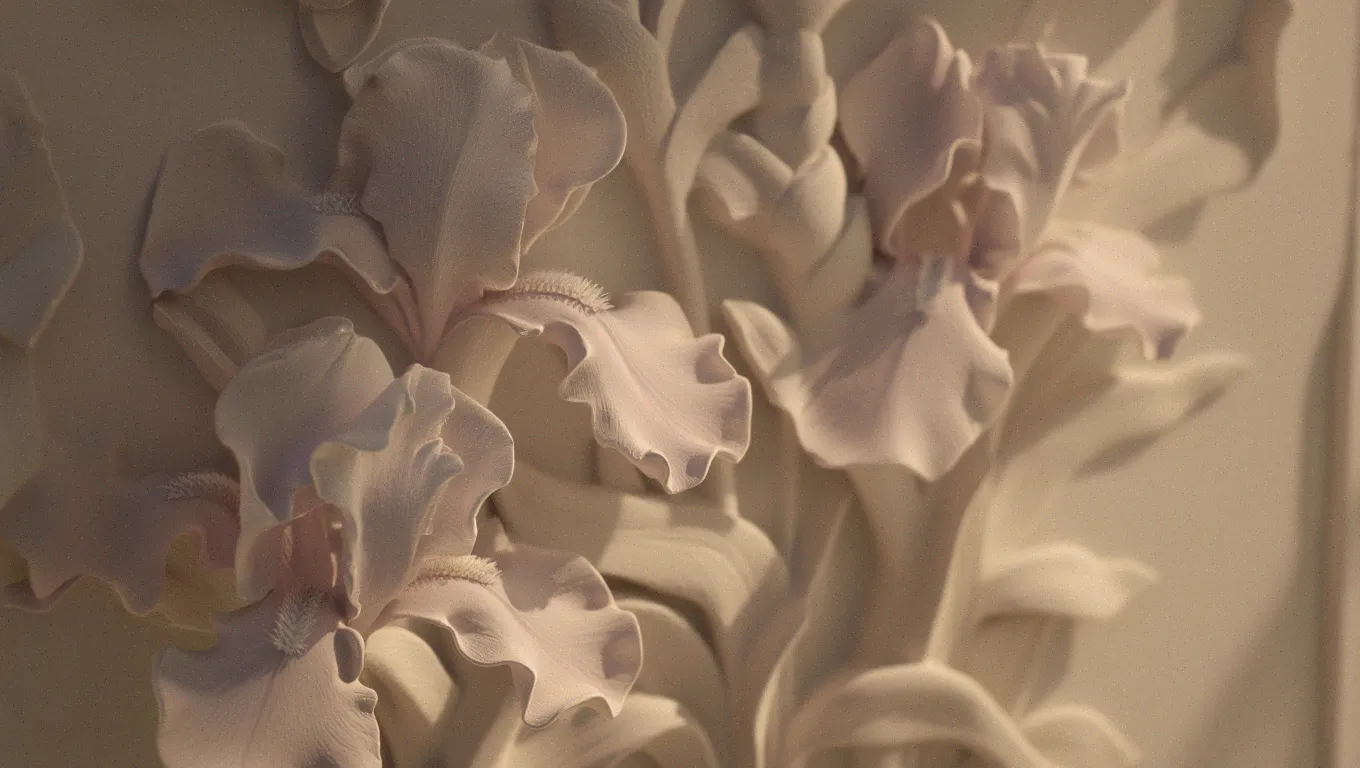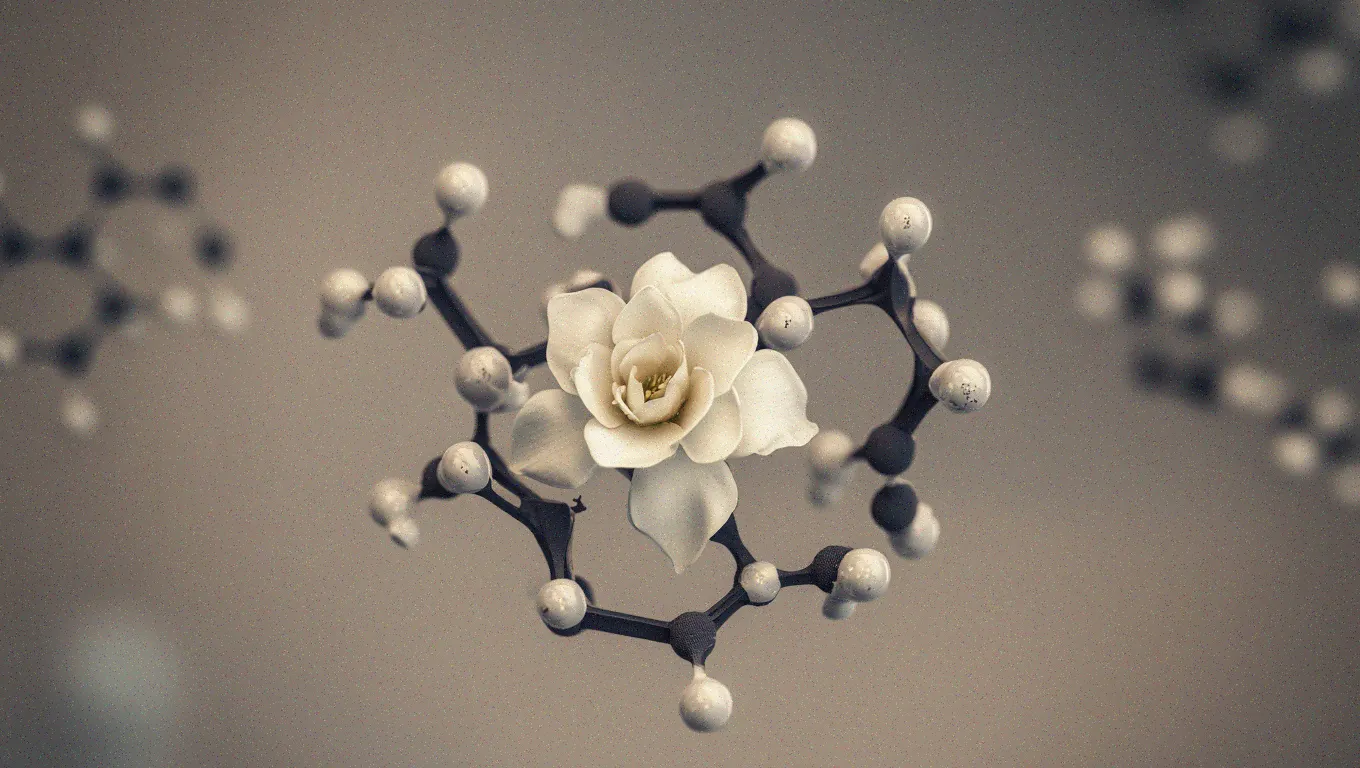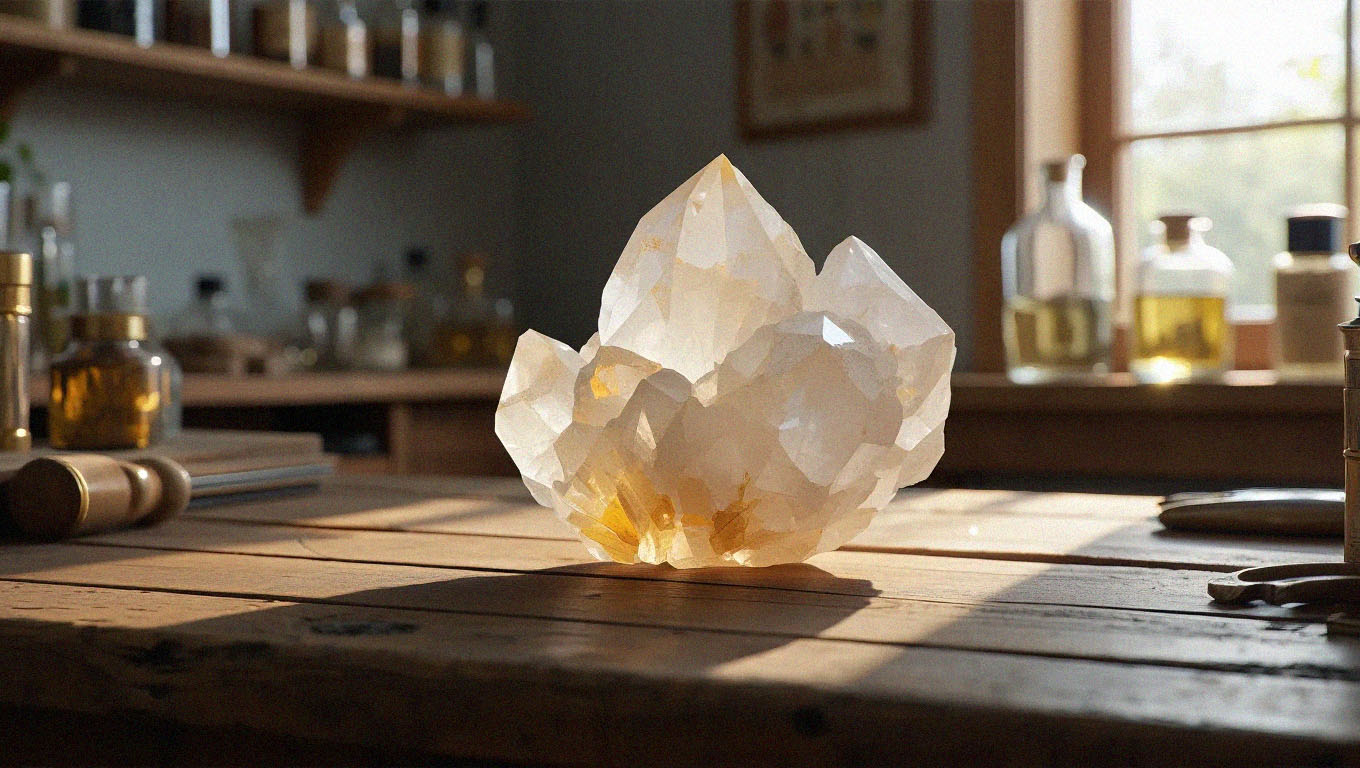Fleur de Cuir: Orchestrating Apricot Silk and Cedarwood Shadows
At 5% concentration, Fleur de Cuir—a co-distilled osmanthus-cedarwood material from Payan Bertrand—excels in fruity oud compositions, delivering apricot liqueur brightness, suede-soft leather, and oud-like resonance. This research explores four compositional pathways and provides a complete formula showcasing the material as architectural centerpiece.
Minimalist Perfumery: Molecular Transparency and the Art of Reduction
Minimalist perfumery achieves presence through radical reduction, utilizing 5-30 ingredients centered on transparent molecules like Iso E Super, Ambroxan, and Hedione at unprecedented concentrations (20-75%). This technical guide explores the chemistry, formulation strategies, and IFRA compliance considerations for creating minimalist fragrances that prioritize linearity, sheerness, and skin-chemistry interaction.
The Invisible Elegance: Transparent Woody Bases in Modern Perfumery
Transparent woody bases—Iso E Super, Ambroxan, Cedramber, and their molecular cousins—have revolutionized modern perfumery by creating presence without weight. This comprehensive guide explores their chemistry, olfactive properties, formulation strategies, and cultural impact on contemporary fragrance.
The Sensory Architecture of Scent: Decoding Olfactory Texture
An in-depth exploration of olfactory texture in perfumery—how molecular weight, volatility, and raw material selection create tactile sensory experiences from powdery softness to metallic sharpness, fundamentally shaping fragrance performance and emotional impact.
Molecular Mechanisms of Perfume Fixatives: A Physical Chemistry Perspective
Crystalline and macrocyclic musk fixatives function through overlapping physical and thermodynamic mechanisms including hydrogen bonding, vapor pressure depression, and host-guest chemistry. Vapor pressures range from 0.00025 to 0.066 Pa—orders of magnitude lower than typical fragrance volatiles.
The Architecture of Olfactory Aesthetics: Sensory Experience and Emotional Modulation in Niche Perfumery
An exploration of how niche perfumery translates psychological desires into olfactory architecture through molecular engineering, textural design, and targeted emotional modulation, from status-signaling oriental accords to minimalist skin scents and therapeutic wellness fragrances.
Modern Leather Accord Formulation Guide
Professional guide to creating modern leather accords using seven key synthetic materials that surpass traditional tar oil formulations in safety and performance. Includes technical profiles, dosage guidelines, IFRA compliance requirements, and formulation strategies for contemporary leather perfumery.
White Ambergris Chemistry Reveals Sophisticated Reconstitution Pathways
White ambergris chemistry centers on ambrein photooxidative degradation to ambroxide compounds. Modern reconstitution uses Ambroxan, Cetalox, and Ambrinol—all IFRA unrestricted. Proper dilution enables gentle sensual notes characteristic of naturally aged material.
Labdanum Replacer Accord: Complete Formulation Guide
Professional guide to creating a 9-ingredient labdanum replacer accord that achieves 85-90% similarity to natural labdanum absolute. Learn precise formulation ratios, IFRA compliance requirements, and safety protocols for recreating labdanum's amber warmth, balsamic sweetness, animalic depth, and resinous character in luxury leather fragrances.


